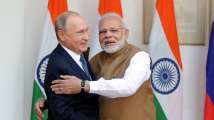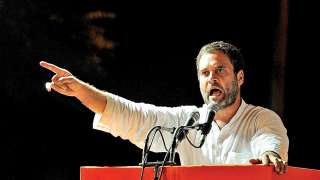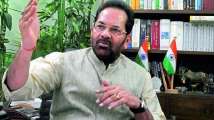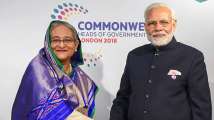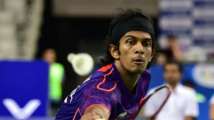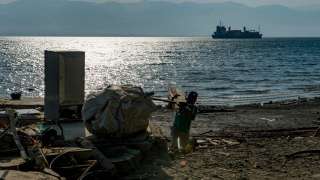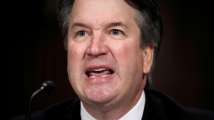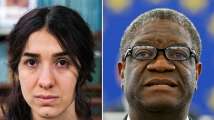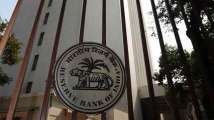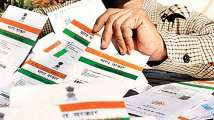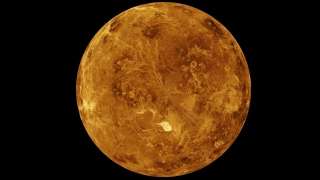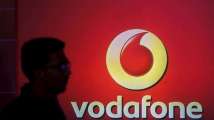RBI keeps interest rates unchanged, experts say rate hike likely in future
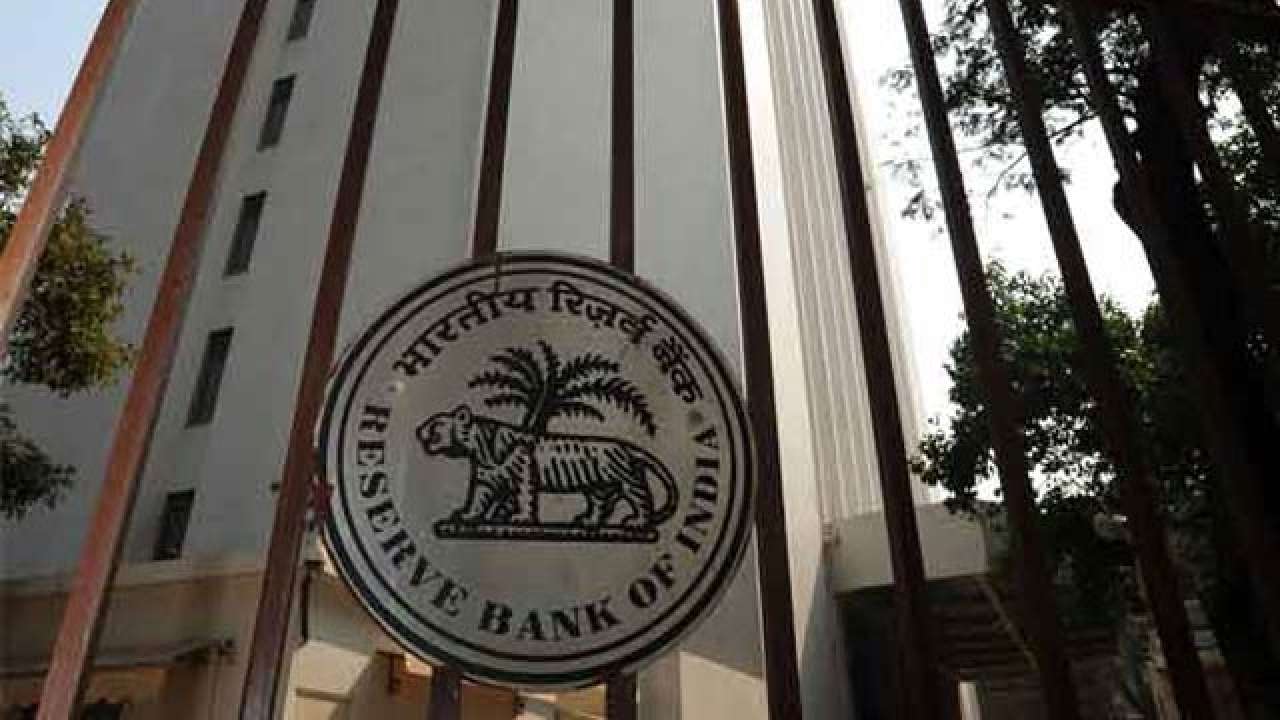
RBI
After back-to-back hike since June, the Reserve Bank of India (RBI) Friday kept interest rates unchanged, surprising markets that had expected a rate hike to support tumbling rupee and combat inflationary pressures from high oil prices.
With five of its six members voting for a status quo, RBI's monetary policy committee (MPC) left repo rate at 6.50% and changed policy stance to 'calibrated tightening' from 'neutral', which RBI Governor Urjit Patel said meant there would be no rate cut in the current cycle. Vowing to keep the inflation rate under targeted 4%, RBI warned that volatile and rising oil prices, and tightening of global financial conditions pose substantial risks to growth and inflation.
A majority of the analysts and bankers had expected that RBI will raise interest rate by at least a 0.25% with some even rooting for a 0.50% increase in view of the developments over the last few days where rupee had continued to slide and international oil prices hit four-year high. Soon after the monetary policy announcement, the rupee slid to a new record low, falling past the 74 to a dollar mark, before closing down 0.3% to 73.7650. The domestic unit has fallen 14.5% since January, making it the worst performing major Asian emerging market currency.
"Today's stance of calibrated tightening essentially means that in this rate cycle a rate cut is off the table, and that we are not bound to increase rates at every meeting," Patel told reporters here. "As new data comes in we would look into changing our policies accordingly". Welcoming the decision of RBI to keep rates unchanged, Economic Affairs Secretary S C Garg said the government's assessment of inflation is in line with the MPC's assessment."We believe growth should turn out to be higher than that projected by MPC," Garg said. The RBI forecasted GDP growth of 7.4% in the current financial year ending March 31, 2019 and 7.6% in the next."The MPC reiterates its commitment to achieving the medium-term target for headline inflation of 4% on a durable basis," the resolution of the MPC after a three-day meet said.
It projected an inflation rate of 4.8% by June 2019, slightly better than the 5.0% August forecast. The repo rate, at which the RBI lends to the system, will continue to be at 6.5%, the reverse repo, at which it absorbs excess funds, will be at the same level of 6.25%. The MPC voted 5:1 in favour of a status quo, with only Chetan Ghate voting for a 0.25% hike. The resolution said actual inflation outcomes have been 'below projections' as the expected seasonal increase in food prices did not materialise and inflation, excluding food and fuel, moderated.
Lowering its inflation projections from the August review, the MPC headed by RBI Governor Urjit Patel said headline inflation is expected to rise to 3.7% by September quarter-end, excluding HRA impact, 3.8-4.5% by the second half of the fiscal and 4.8% by the first quarter of the next fiscal. He said food inflation, a key component of the inflation basket, has been 'unusually benign' and added that the price situation will be influenced by the hike in minimum support prices, global crude prices, second round impact of the HRA allowance for government employees and currency movement. However, the RBI warned that "global headwinds in the form of escalating trade tensions, volatile and rising oil prices, and tightening of global financial conditions pose substantial risks to the growth and inflation outlook. It is, therefore, imperative to further strengthen domestic macroeconomic fundamentals".
Taking note of the petroleum price cut on Thursday, the MPC said that the recent excise duty cuts on petrol and diesel will moderate retail inflation. The government announced a Rs 2.50 per litre cut in petrol and diesel prices after it reduced excise duty by Rs 1.50 a litre and asked oil companies to absorb another Re 1. The hike in minimum support prices for the winter crop was announced by the government Wednesday.Rising protectionist tendencies, threats of currency wars and policy normalisation in the US pose the biggest risks for domestic growth prospects, it said. RBI's study of professional forecasters put the inflation at 4.5% by March quarter and go up further to 5.1% by March 2020 quarter.
A surge in oil prices to USD 88 from the present USD 86 can push the headline inflation number up by 0.20% and dent growth by 0.15%, it said. The RBI has hiked rates twice in the last two policy reviews by 0.25%. The headline inflation for August softened to 3.69% in August as against 4.17% in July. The medium-term target set for the RBI by the government is 4%. The six-member MPC led by the RBI governor began its three-day meeting on October 3. The rupee has been depreciating to new lows as against the US dollar along with the global crude prices breached the USD 86 to a barrel mark.
The government and RBI have taken a slew of measures to arrest the slide, but those have been termed as ineffective by analysts. The rupee depreciation is due to the overall strengthening of the US dollar against local currencies, widening of trade and current account deficits due to higher crude prices, portfolio outflows and risk aversion among portfolio investors, it said.
Experts view:
The Reserve Bank wants to support the growth by keeping the key repo rate unchanged at 6.50%, as announced in this fiscal's fourth bi-monthly policy review Friday, experts said. The RBI's policy will provide a short-term relief in the rupee and debt market, they added. However, they have not ruled out a hike in the policy rate going forward, as in the previous two consecutive instances the RBI had raised the repo rate -- at which it lends to banks and financial institutions -- by 0.25% each.
The six-member Monetary Policy Committee (MPC) chaired by RBI Governor Urjit R Patel also changed the policy stance from neutral to calibrated tightening by a majority 5:1. The intent of the Reserve Bank's policy sends signals for supporting growth in the near-term while the policy action is expected to alleviate the liquidity concerns amongst the market participants, Bank of India MD and CEO Dinabandhu Mohapatra said. "RBI has reiterated its commitment to manage inflation at 4% level, while taking care of real economy growth at the same time. The move shows the RBI's view on softened retail inflation in recent months," he said.
The move is also seen as surprising by most of the experts as it was widely expected that the RBI may raise the repo rate by 0.25% or even by 0.50% due to ongoing concerns on falling rupee and rising crude oil prices. "A surprising status quo on policy rates from RBI amplifies its higher accordance to imparting and restoring financial stability in the near term in the economy. As such, with a shift of stance from neutral to calibrated tightening, we believe that RBI is likely to re-commence rate hiking from the forthcoming policy in December," said Shubhada Rao, Group President and Chief Economist, Yes Bank.
She said over the last two months, global and domestic risks have been accumulating and somewhat intensifying as seen in heightened trade war actions, crude oil prices and EM currency spillovers along with domestic twin deficit (CAD and fiscal deficit) concerns mounting. B Prasanna, Group Executive and Head Global Markets Group, ICICI Bank said the RBI has acknowledged the upside risks to inflation and consequently changed the stance to that of calibrated tightening.
"This is an indication that the rate hike cycle will be lengthier and the hikes might not necessarily be front loaded. While the message has been clear that interest rates as a tool is primarily meant only for the purpose of inflation targeting and not meant for currency defense, we do feel that more rate hikes would be required going ahead based on global market developments and our own projection of the inflation trajectory," Prasanna said. Despite inflation projection revised downwards by the RBI, the outlook is clouded with several uncertainties and the risks are on the upside due to several factors including fiscal slippage, HRA impact and crude oil prices, said Sunil Kumar Sinha, Principal Economist, India Ratings and Research (Ind-Ra).
"Ind-Ra, therefore believes that one more rate hike this fiscal is a possibility and cannot be ruled out. This is also reflected in the policy stance changing from the neutral to calibrated tightening," Sinha said. the RBI kept the objective of achieving medium-term target for consumer price index (CPI) or retail inflation at 4% within a band of +/- 2%, while supporting growth has also lowered the inflation projection for the second half of this fiscal to 3.9-4.5% citing an unusually benign food inflation.
ICRA Principal Economist Aditi Nayar said the change in stance of monetary policy was on expected line but the status quo on policy rate has come as a surprise. The change in stance from neutral to calibrated tightening suggests that a rate hike in the upcoming policy meeting is firmly on the cards, Nayar said, adding the factors to be watched going forward include if crude price will remain elevated in light of upcoming US sanctions on Iran, movement in the Indian rupee and if a benign food inflation will see any reversal.
Chandra Shekhar Ghosh, MD & CEO, Bandhan Bank said: "The Reserve Bank of India has maintained the status quo...Most importantly, it has indicated that there will not be any shortage of liquidity in the financial system. This is very reassuring, particularly when there is semblance of instability in the financial markets. We could not have a better monetary policy." Cyril Shroff, Managing Partner, Cyril Amarchand Mangaldas, said RBI's 'calibrated tightening stance' highlights its focus is on building confidence and ensuring economic stability, while simultaneously maintaining a close watch on the macro economic dynamics and the liquidity position.
Tata Capital Managing Director and CEO Rajiv Sabharwal said the performance of Rupee against the USD in the medium term will impact various macro-economic indices. "The regulator will continue to monitor domestic liquidity. This pause will however be temporary and we could see a rate hike in the near future. The NBFC/ HFC sector will continue to take prudent measures in building its asset book," he added.
Anis Chakravarty, Partner and Lead Economist, Deloitte India, said a wait and watch approach in keeping the key policy rate unchanged at 6.5% was adopted by the MPC. "We believe that a consistent rise in interest rates could destabilize the markets, disrupting the price-growth balance. That said, the risks to economy have clearly increased, with crude prices failing to stabilise and continued rupee weakening having a net negative impact on capital flows," he said.


